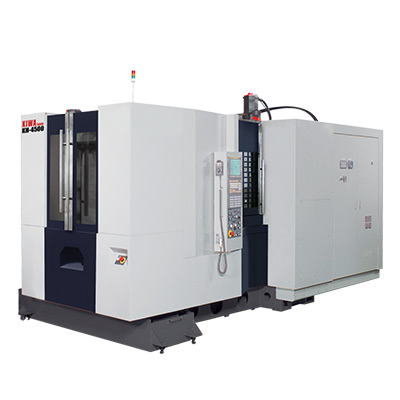Understanding 134a Refrigerant Hoses for Efficient Cooling Systems and Maintenance
Understanding R134a Refrigerant Hoses A Comprehensive Guide
The world of refrigeration and air conditioning is full of intricacies, and one of the essential components that often goes unnoticed is the refrigerant hose, specifically those designed for R134a refrigerant. R134a, a hydrofluorocarbon (HFC), has became a widely used refrigerant since it replaced R12 due to its lower ozone depletion potential. However, the effectiveness and reliability of any refrigerant system, including those using R134a, greatly depend on the quality and specifications of the hoses used.
What is R134a Refrigerant?
R134a, chemically known as tetrafluoroethane, is a colorless gas that performs effectively in the refrigeration cycle. It provides significant cooling capacity and is less harmful to the environment than older refrigerants, such as R12, which has been phased out due to its contribution to ozone depletion. The shift to R134a reflects broader environmental consciousness and regulatory pressures, making it essential for both manufacturers and technicians to understand how to handle this refrigerant properly.
The Role of Refrigerant Hoses
Refrigerant hoses serve a vital role in a refrigeration or air conditioning system. They transport refrigerant between various components such as the compressor, condenser, and evaporator. Hoses must withstand high pressures and temperature fluctuations while remaining flexible enough to accommodate the movements of the system.
When using R134a, selecting the right hose is crucial. The hose must be compatible with the refrigerant to prevent leaks and maintain system efficiency. Additionally, the material of the hose should be resistant to the chemical properties of R134a, which can be corrosive under certain conditions.
Types of R134a Refrigerant Hoses
There are various types of hoses designed specifically for use with R134a
1. High-Pressure Hoses These hoses are used to carry refrigerant from the compressor to the condenser. They must be able to withstand high pressure and are typically reinforced with a layer of braided steel or other sturdy materials.
134a refrigerant hose

2. Low-Pressure Hoses These hoses connect the evaporator to the compressor. The pressure in these hoses is lower, but they still require durable materials to avoid wear and tear over time.
3. Service Hoses Used for charging and recovery processes, these hoses often feature built-in valves and gauge connections. It's essential that service hoses are color-coded (commonly blue for low pressure and red for high pressure) to avoid confusion during maintenance.
Materials and Construction
R134a hoses are constructed using a blend of materials to ensure their reliability and longevity. The inner lining of the hoses is frequently made from synthetic rubber or thermoplastic elastomer, which provides excellent resistance to the refrigerant. Additionally, these hoses are often reinforced with layers of fiber or steel braids to enhance their strength and durability.
The choice of hose size is also critical. When selecting hoses, technicians need to consider the volume of refrigerant that needs to flow through the system. An undersized hose can result in increased pressure drops which can affect system efficiency and performance.
Maintenance and Safety
Maintaining R134a hoses is essential for the longevity and efficiency of the refrigeration system. Regular inspections can catch potential leaks or wear before they become significant issues. Signs of damage may include cracking, swelling, or any visible signs of wear on the outside of the hose.
Proper handling of refrigerants, including R134a, is also vital from a safety perspective. Technicians must be trained in safely connecting and disconnecting hoses, and they should always wear appropriate personal protective equipment (PPE). In the case of a refrigerant leak, it's important to have a plan in place for safety and environmental compliance.
Conclusion
Understanding the importance of R134a refrigerant hoses is crucial for anyone involved in the refrigeration and air conditioning industry. Selecting the right type of hose, ensuring proper installation, and conducting regular maintenance are all critical components to keep systems running efficiently. As the industry continues to evolve, staying informed about the latest materials and technologies will help technicians deliver reliable and eco-friendly refrigeration solutions. Whether you're a technician, a business owner, or an enthusiast, knowledge of these hoses is indispensable for maintaining an efficient and sustainable cooling system.
-
Ultimate Spiral Protection for Hoses & CablesNewsJun.26,2025
-
The Ultimate Quick-Connect Solutions for Every NeedNewsJun.26,2025
-
SAE J1401 Brake Hose: Reliable Choice for Safe BrakingNewsJun.26,2025
-
Reliable J2064 A/C Hoses for Real-World Cooling NeedsNewsJun.26,2025
-
Heavy-Duty Sewer Jetting Hoses Built to LastNewsJun.26,2025
-
Fix Power Steering Tube Leaks Fast – Durable & Affordable SolutionNewsJun.26,2025

